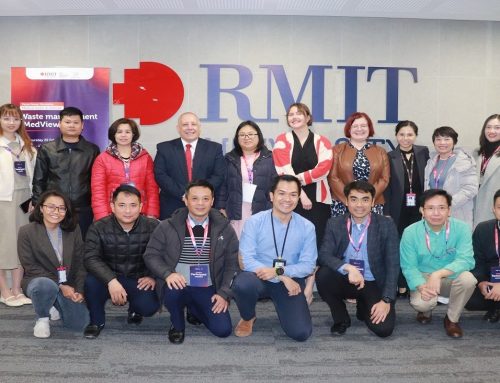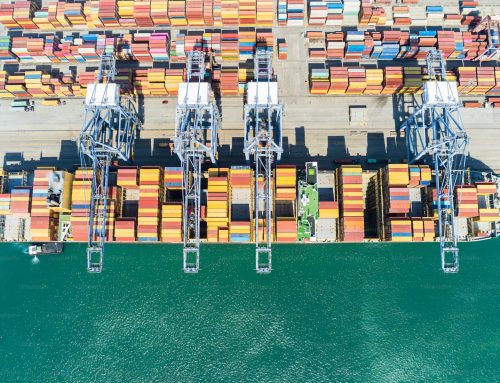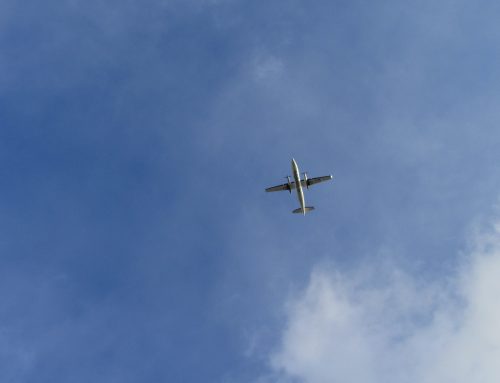26.03.2021
Written by: Amin Maghsoudi – Postdoctoral Researcher at the HUMLOG Institute for Cash and/or Carry Project supported by Academy of Finland
Humanitarian assistance comes normally in forms of delivery of goods, services and cash/vouchers. For decades, the latter has been transferred to the vulnerable communities in responding to meeting basic needs and building resilience to stresses and shocks. This normally integrated with the social protection system, e.g., social safety net program in the country, but not in large portion in comparison with delivery of goods and services. However, since last 15 years, there is a tremendous increase in the use of cash assistance around the world, that could be probably pushed most likely by donors as their preference over in-kind. That start would be right after the successful cash for work (CFW) program in Banda Aceh during the post-disaster Indian Ocean tsunami in 2004. Right after, the establishment of Cash Learning Partnership (CaLP) in 2005, which is a consortium of aid agencies expert on cash, was another pinpoint to the history of cash assistance. Since then, after 2010, cash assistance has gained acceptance among stakeholders including humanitarian organizations and donors. Today, a lot of reports, guidelines, toolkits, standard operating procedures (SOPs), training and assessment tools for the use of cash assistance have been implemented and published by aid agencies globally. All these tools are available and accessible to the public (e.g., CaLP, UNHCR, IFRC, Oxfam, and ECHO guidelines). Looking to the guidelines, they are more or less similar together, though going through them deeply one could realize complementary notes across them.
The second hike for the use of the cash assistance could be largely since 2016 after the extraordinary emphasize for the use of cash coordination discussed in Grand Bargain working group during the World Humanitarian Forum (WHF). According to the State of the World’s Cash (2020), cash and voucher assistance (CVA) program reached to over USD2.8 billion in 2016 (10% of international humanitarian assistance), and surprisingly its peaked to USD5.6 billion in 2019 contributing to 18% of total humanitarian assistance. One of those successful programs was the emergency social safety net cash transfers for 1.7 million refugees in Turkey during the Syrian conflict started in 2011. Anyway, that 8% increase just within three years was phenomenal in the history of humanitarian assistance using CVA modalities.
Today, several aid agencies have joined as a member to one or more of the networks related to CVA, including Collaborative Cash Delivery Network (CCD), UN Common Cash Statement, Cash Working Group (CWG), or Cash Bargain Local Partnership, at the country and/or regional level. Joining to such networks, gives them this opportunity to get access to related data, share information and knowledge at the local level, and get to know the challenges/risks experienced by implementing partners. But the question is there is no voice/evidence of local actors on how they view cash over in-kind assistance.
Looking to the statistics, CVA is still not dominating the aid, while the large portion of humanitarian assistance and development remains in form of service and goods delivery to affected population at least in the response phase, and thus Logistics will be still in the first place just in the centre. After reading several materials and research papers/reports on this topic, my personal reflection on the use of CVA are listed as below:
- CVA implementation is highly context dependent. Cash is often suitable, but not always so for instance in conflict situations where the infrastructure is destroyed or not developed, or where the people don’t have enough education on how to receive and for what purpose to use cash.
- Risk assessment and analysis needs to be in place prior to the use of CVA. There are several risks, such as security, fraud and money laundering risks, we could just imagine if CVA is not used appropriately.
- Cash is not the dominant option, but in form of multi-purpose cash assistance, it could complement in-kind and service delivery. People still need for example a psychological support due to a disaster, and thus the service needs to be covered as priority.
- Probably, there wont be a dramatic shift for logistics role from in-kind to CVA. Logisticians most likely need to improve their skills still on tasks such as supply chain mapping, market and supply chain assessment, tendering, contracting and procurement of financial service providers. It could be also challenging for them to find local hawala brokers, for instance, in Syria to connect and communicate with. Thus, they need professional training customized for the local needs. Many aid agencies have already provided CVA training for their logistics team.
Last points:
– Market-based approach could be one important intervention, that in the future, aid agencies need to take more seriously into account considering the market failure and economy downturn during the COVID-19 pandemic.
– CVA has shown tremendously can help to boost local market and economy, with or without creating inflation on prices. It can motivate local and small business to stand up once again.
– COVID-19 has taught humanitarians to consider diversification of modalities and this highly depends on the market conditions if a single modality could cause overcrowding in distributions sites, for instance.
– Technology and digitalization of cash transfers via blockchain (e.g., in Pakistan, and Jordan), and mobile money (e.g., in Kenya) has both facilitated the CVA delivery to affected populations in timely manner as well as reduced the social gathering and long queues at the counter for the receipt of cash during the COVID-19 response.
– COVID-19 has taught humanitarians to work remotely without the need of humanitarian workers, this could be more challenging in the conflict areas as local markets are not functioning. Thus locating suppliers could be daunting tasks, while 50% of health infrastructure are also collapsed (for the case of Syria).
– CVA always consider minimum expenditure basket (MEB) for the targeted beneficiaries. But, due to the current economic conditions mostly affected by COVID-19, humanitarian agencies need to reconsider their supply chain strategies based on forecasting and using Time to Survival (TTS) instead of Time to Recovery (TTR) as offered by Simchi-Levi. Thus, estimating the needs based on Survival Expenditure Basket (SEB) could make more sensing.
– Application of CVA requires to have access to large amount of data from the field. Thus, now more than ever, data responsibility and data analytics matter for the sake of appropriate humanitarian assistance programming – Refer to the data published in Humanitarian Data Exchange (HDX).
– One interesting topic could also be looking at the environmental impact of CVA delivery. One could argue the measurement of such impact is challenging, yet the estimation of the CO2 emission created due to traveling to get access to the ATM or local bank is on humanitarian agencies responsibility. I will leave this as the future research.
– The key performance indicators for the use of CVA need to be evaluated and standardized. As we all know, CVA is not all about the effectiveness and cost-efficiency of its program, but it would rather include other aspects, such as equity, accountability to donors, visibility and flexibility, environmental impact, beneficiary satisfaction, and scalability of the program…..
This piece of writing is part of the Cash and/or Carry project (titled Cash and/or carry: The challenges and modalities of delivering aid in conflict zones) which is supported by Academy of Finland (with the grant number : 322188). The project focuses on the delivery of humanitarian aid in conflict zones and complex emergencies. The overall aim of the project is to develop a conceptual framework for selecting effective delivery modalities for humanitarian aid in conflict zones. For further inform please visit the website.
Recent publications related to this project can be found here.




